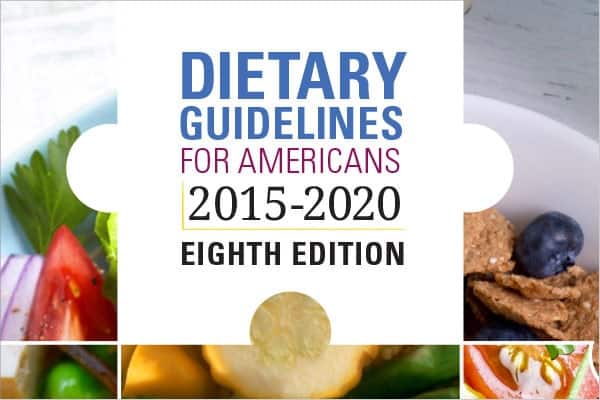Fortified Premixes: Fundamental Considerations
Research by the International Food Information Council Foundation on Food and Health revealed that 47% consumers prefer food with added nutrients. Consumers are now more aware of the food they eat. They read labels carefully and are informed enough to know the difference between what’s right for them and what isn’t. The massive demand for nutrient-rich food with added vitamins and minerals has given way to food fortification.
Food Fortification is the process of incorporating essential vitamins and minerals such as folic acid, iodine, vitamin A and iron into food products. These are blended into powdered premixes which are then added to products.
Fortified food was a breakthrough for disease elimination. Fortification is now used for filling nutrition gaps and balancing nutrient loss in the storing process of goods. Manufacturers are on the lookout for partners to launch their own fortified premixes and give their products additional features. However, it’s the process of formulating fortified premixes that pose the challenge. Here are the aspects that need to be considered regarding fortified premixes:
- The fortification process relies heavily on the kind of food product that’s being fortified
- Manufacturers need to chart a profile for the desired nutritional value.
- The size of serving and shelf life must be considered.
- Manufacturers will have to change the entire packaging and present the product as a new brand before the consumers.
- The cycle of production will go through a significant change.
- Cost-effectiveness is a major aspect of consideration for manufacturers.
The Desired Amount of Nutrients in Fortified Premixes
Manufacturers will have to chalk down the quantities of natural vitamins and other nutrients that are already present in the food and then decide what kind of nutrients must be added and in what quantities so as to meet the claim the product is looking to make. This is a critical decision when using GrandFusion® products in your premixes. GrandFusion® is heavily concentrated nutrients from whole fruits and vegetables. 112 mg of the GrandFusion® fruit mix is equivalent to 25% daily value in 6 essential vitamins including vitamin A, vitamin C, vitamin D, vitamin E, vitamin B1, and vitamin B6.
Loss of Nutrients in Food Processing
To hold true to the labels, formulators will have to ensure that nutrient loss in the production processes and treatment of the product is calculated in advance and taken into consideration while creating the formula for the premixes. Nutrient loss in processing has caused problems for formulators and food manufacturers for a long a time. NutriFusion® is the solution to this problem. Our stabilized nutrients are capable of withstanding the intensive heating and cooling of modern day food processing. Our GrandFusion® products also have a minimum two-year shelf life to keep your nutrients stable through distribution and retail.
Adding the Right Elements
Vitamins and minerals that are to be added must blend in with the distinct taste, color, and aroma of the product recipe.
Fortified premixes do nothing to change the texture or taste of the food product. Therefore, manufacturers get to introduce a new product that isn’t very different from other items their brand is known for. But, it will have all the nutritional perks consumers are looking for.
The push for NutriFusion® nutrient fortification is simple: the difference is natural. Our GrandFusion® products are blends of whole fruits and vegetables so that we can deliver complete nutrition in a variety of products. The big difference between NutriFusion® nutrient fortification and synthetic nutrient fortification is bioavailability. Our products have 100% bioavailability versus 10% to 20% bioavailability for synthetic vitamins. Why? Our bodies need complete nutrients from fruits and vegetables to function properly, so we easily absorb these natural vitamins. On the other hand, synthetics are chemical formulations trying to resemble nature, and are bodies do not entirely recognize them. If you are building a non-GMO or Organic food product, please reach out to learn more about our nutrient fortification process. Also, please visit your respective category below to learn more about our products!

 As a step towards tackling the problem of obesity and health related issues, the
As a step towards tackling the problem of obesity and health related issues, the 
 Shouldn’t your nutrients be “natural” too? How is it 2016 and we are still fortifying our food with synthetic vitamins and minerals? It’s been impossible to add natural nutrients from fruits and vegetables to processed food due to the heat intensity of modern-day food processing. Now food companies have the opportunity to add these essential micronutrients to their products with NutriFusion. Our patent-pending process keeps the phytonutrients, vitamins, and minerals in fruits and vegetables stable through both intensive heating and cooling. To learn more about NutriFusion for your products, visit your industry below.
Shouldn’t your nutrients be “natural” too? How is it 2016 and we are still fortifying our food with synthetic vitamins and minerals? It’s been impossible to add natural nutrients from fruits and vegetables to processed food due to the heat intensity of modern-day food processing. Now food companies have the opportunity to add these essential micronutrients to their products with NutriFusion. Our patent-pending process keeps the phytonutrients, vitamins, and minerals in fruits and vegetables stable through both intensive heating and cooling. To learn more about NutriFusion for your products, visit your industry below.


